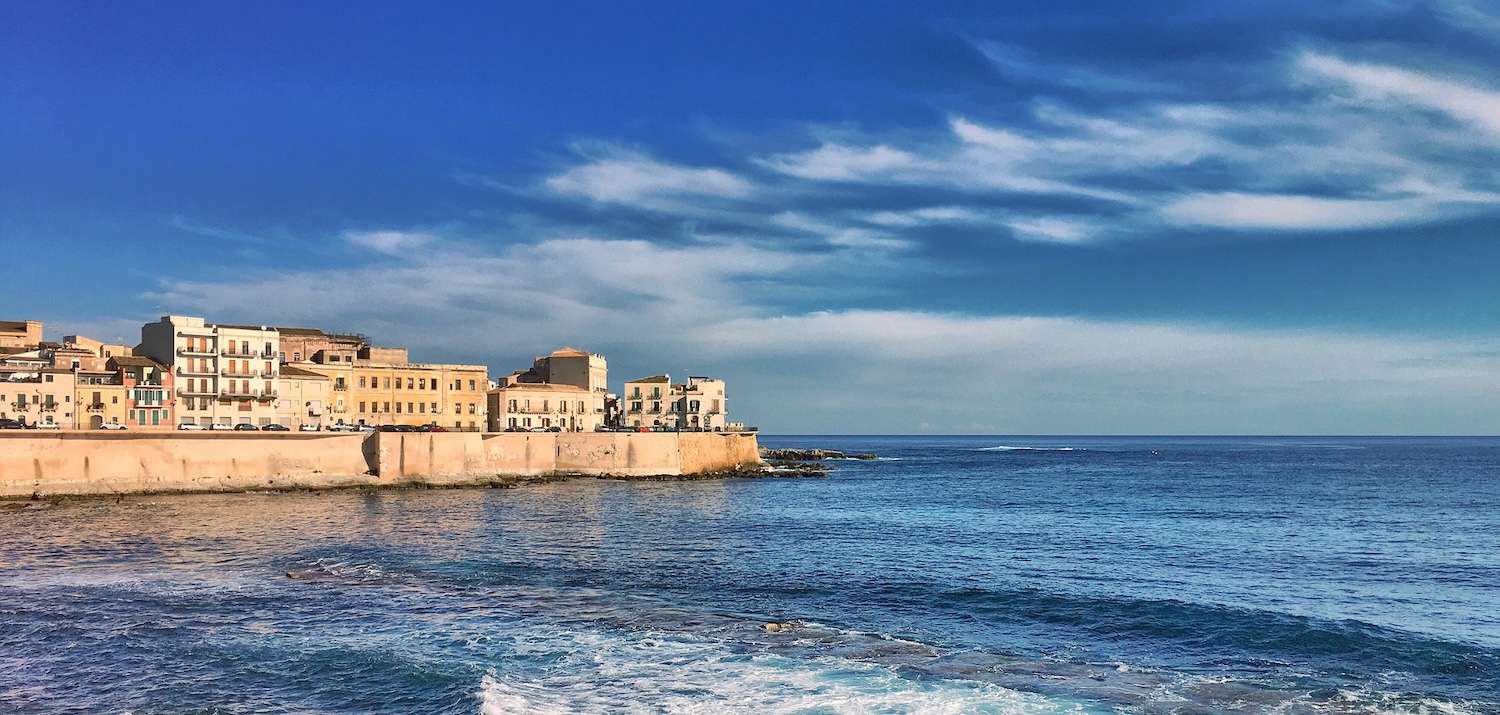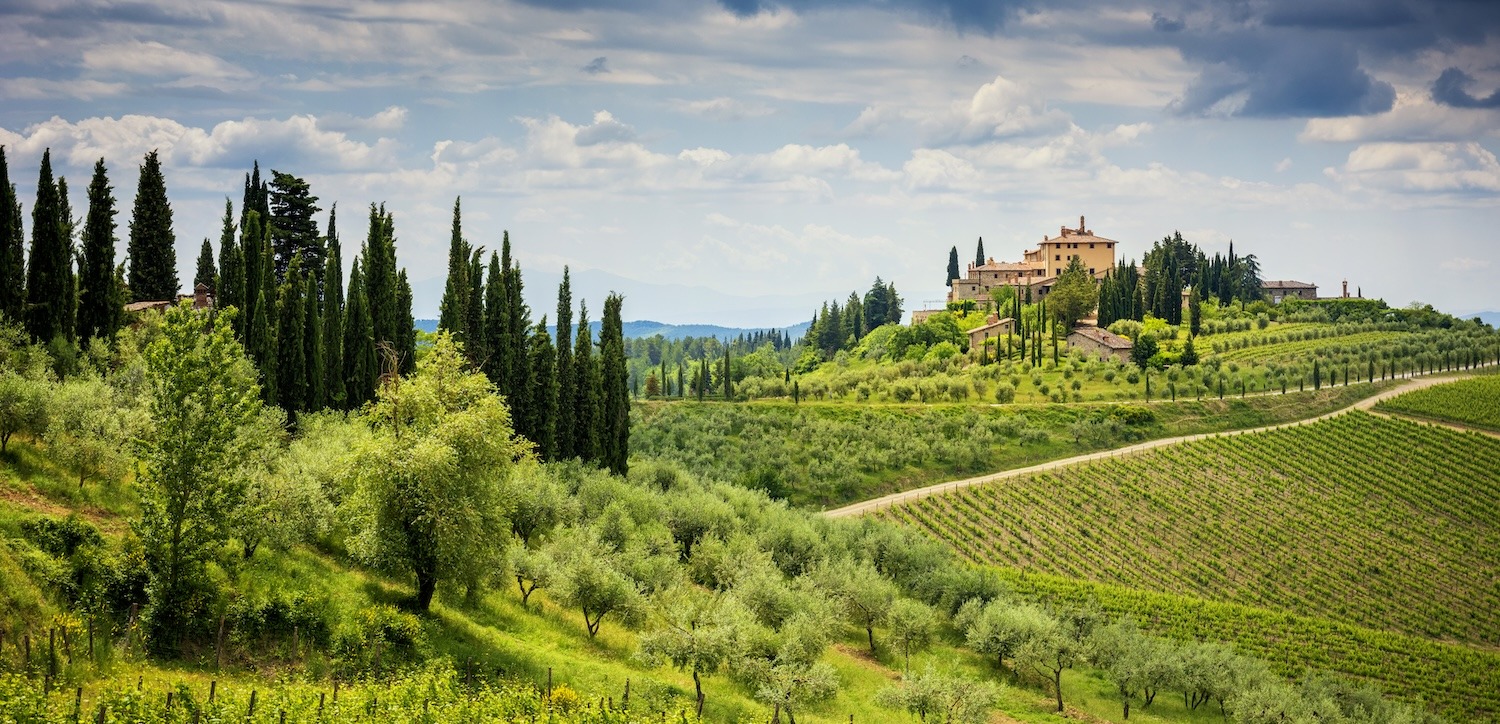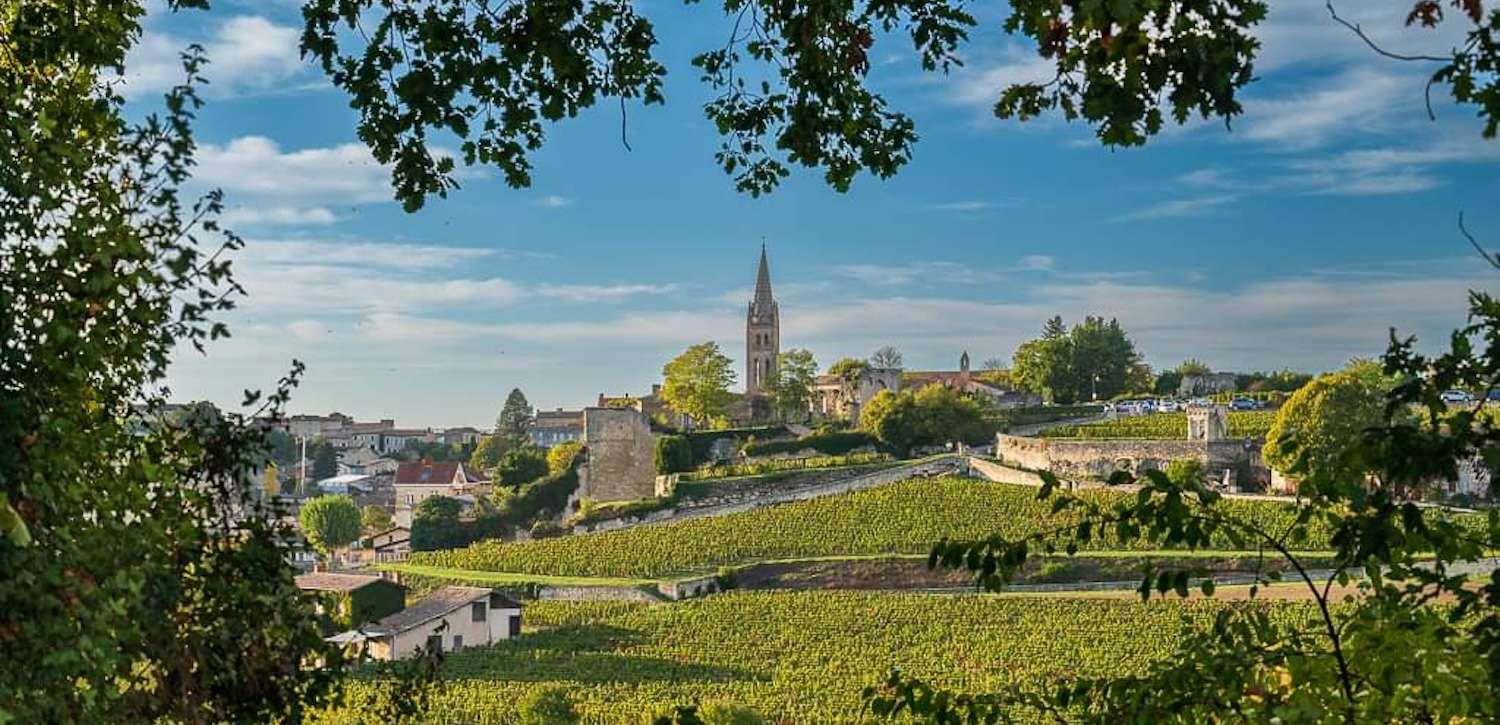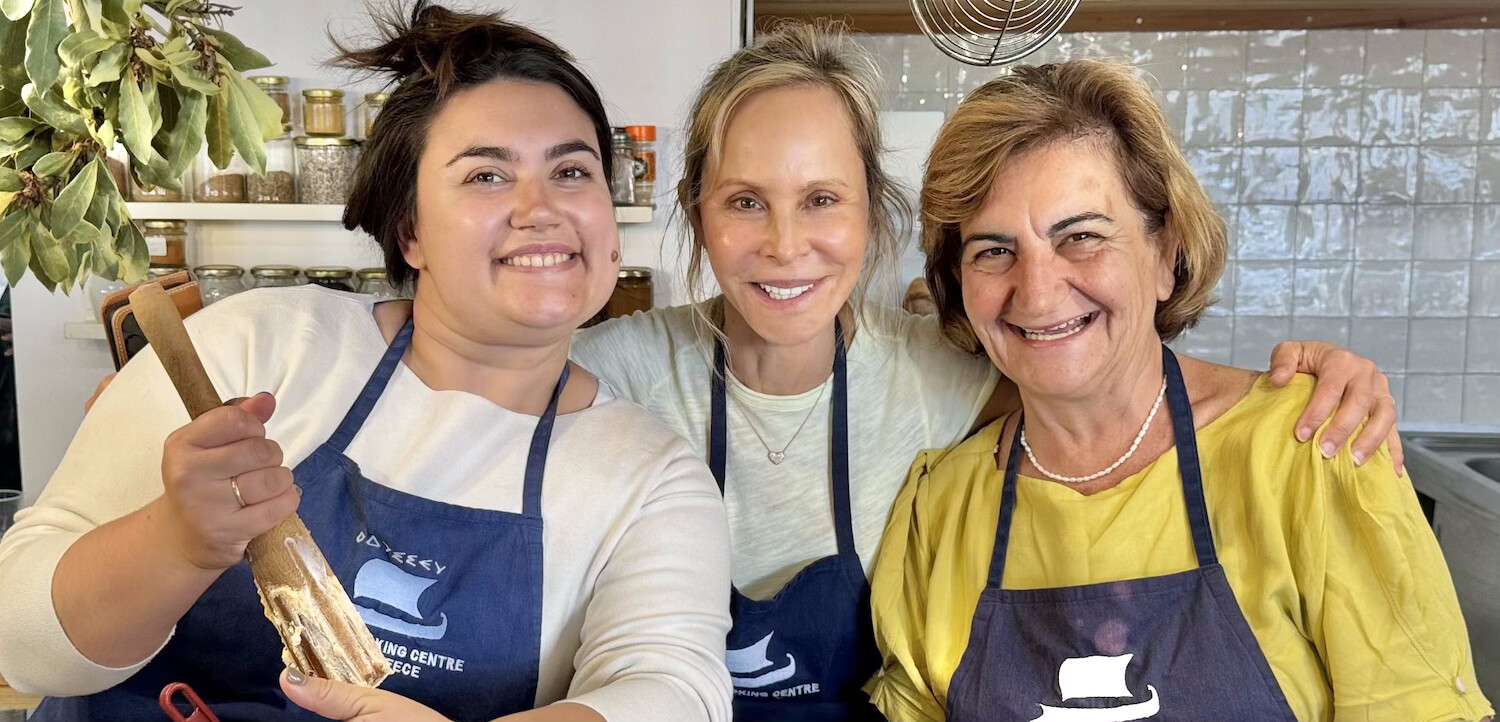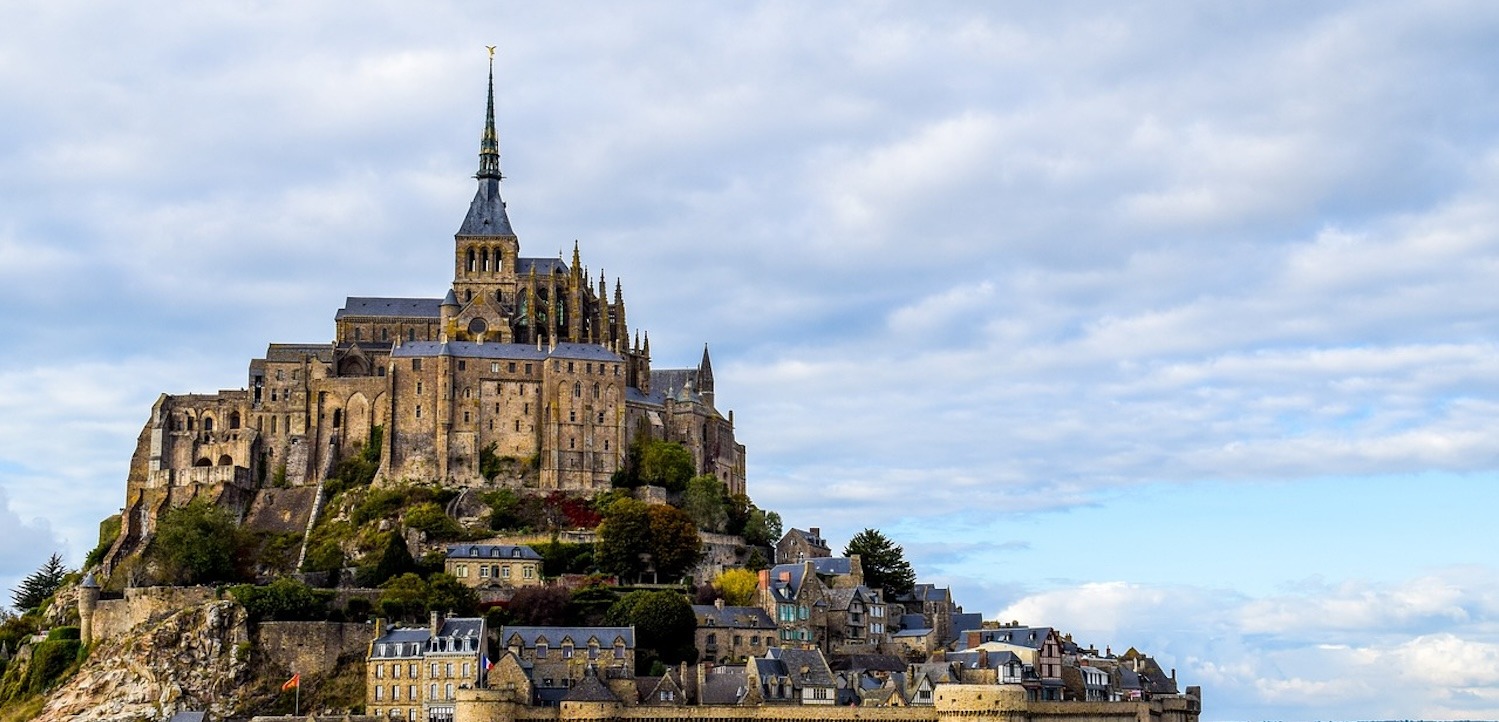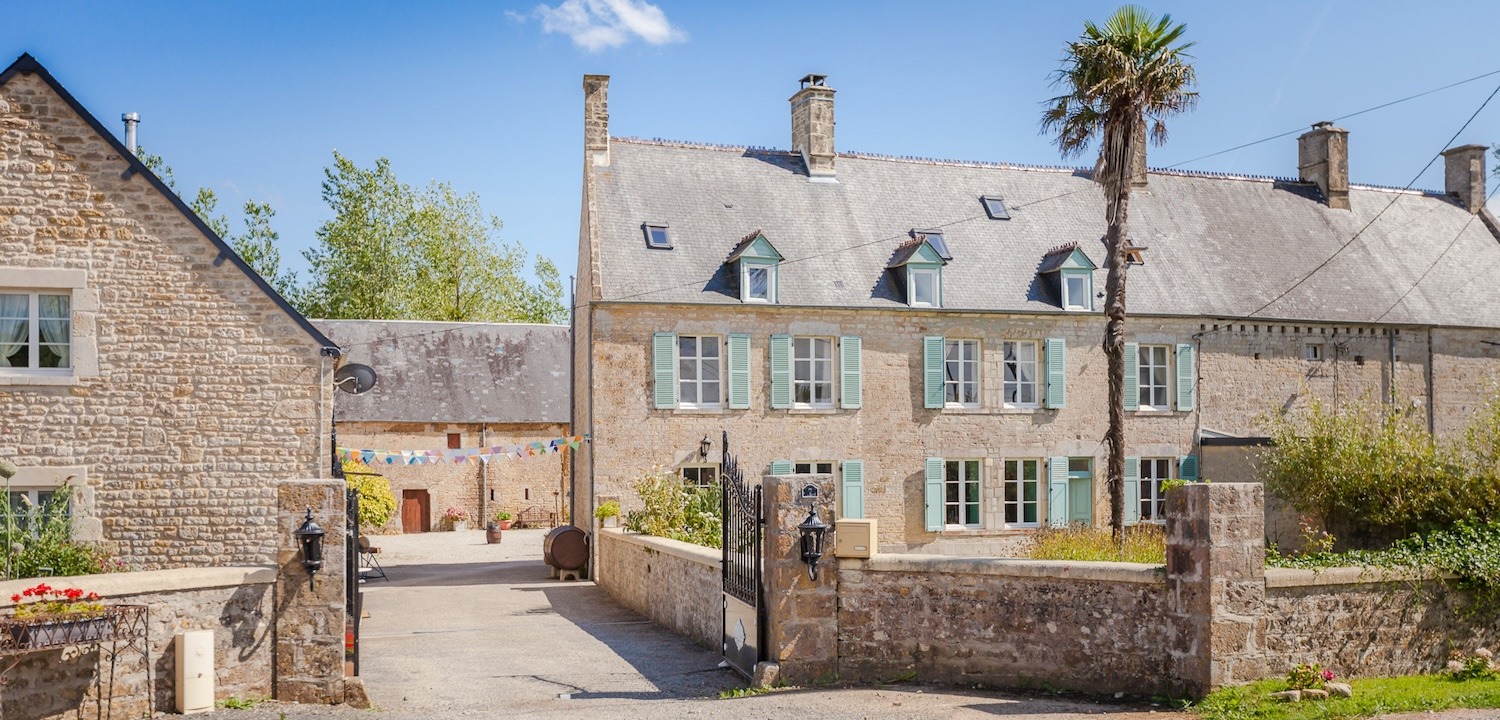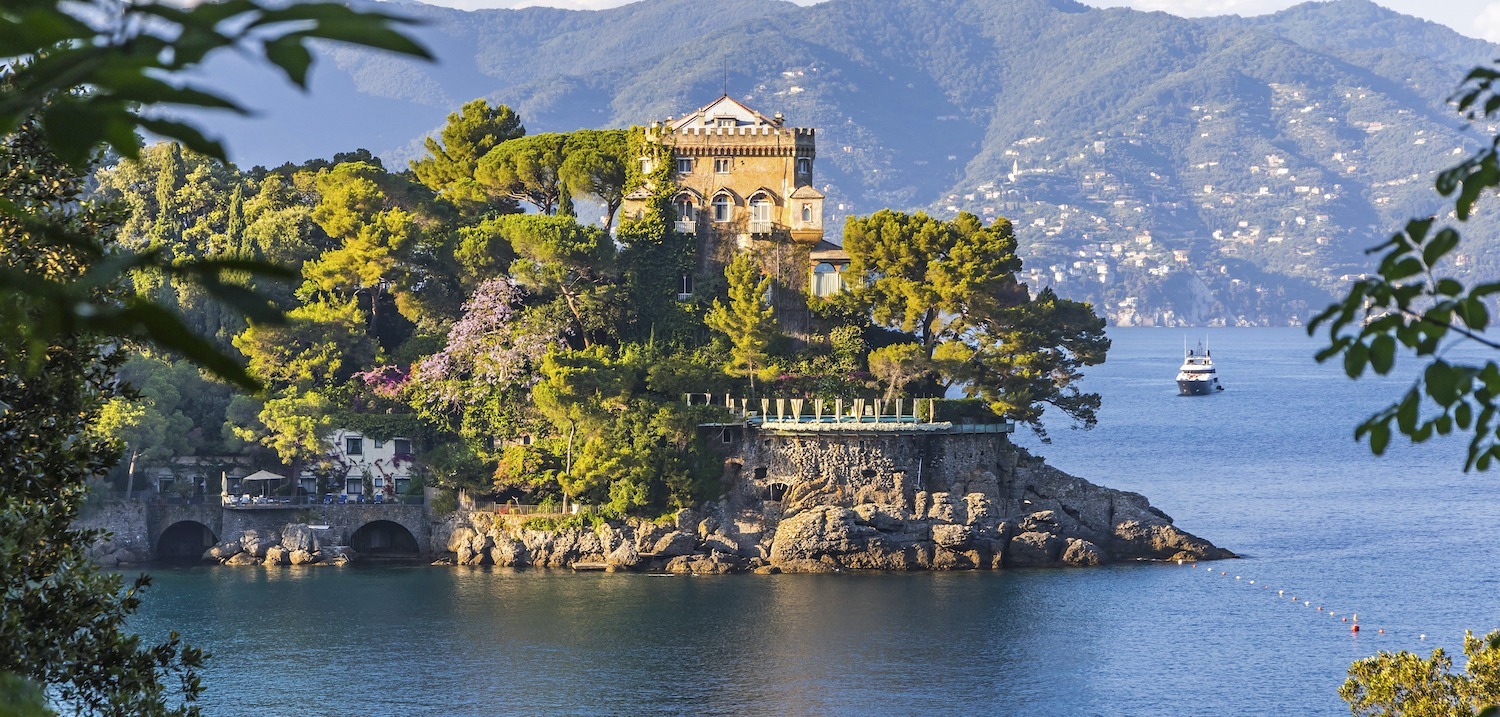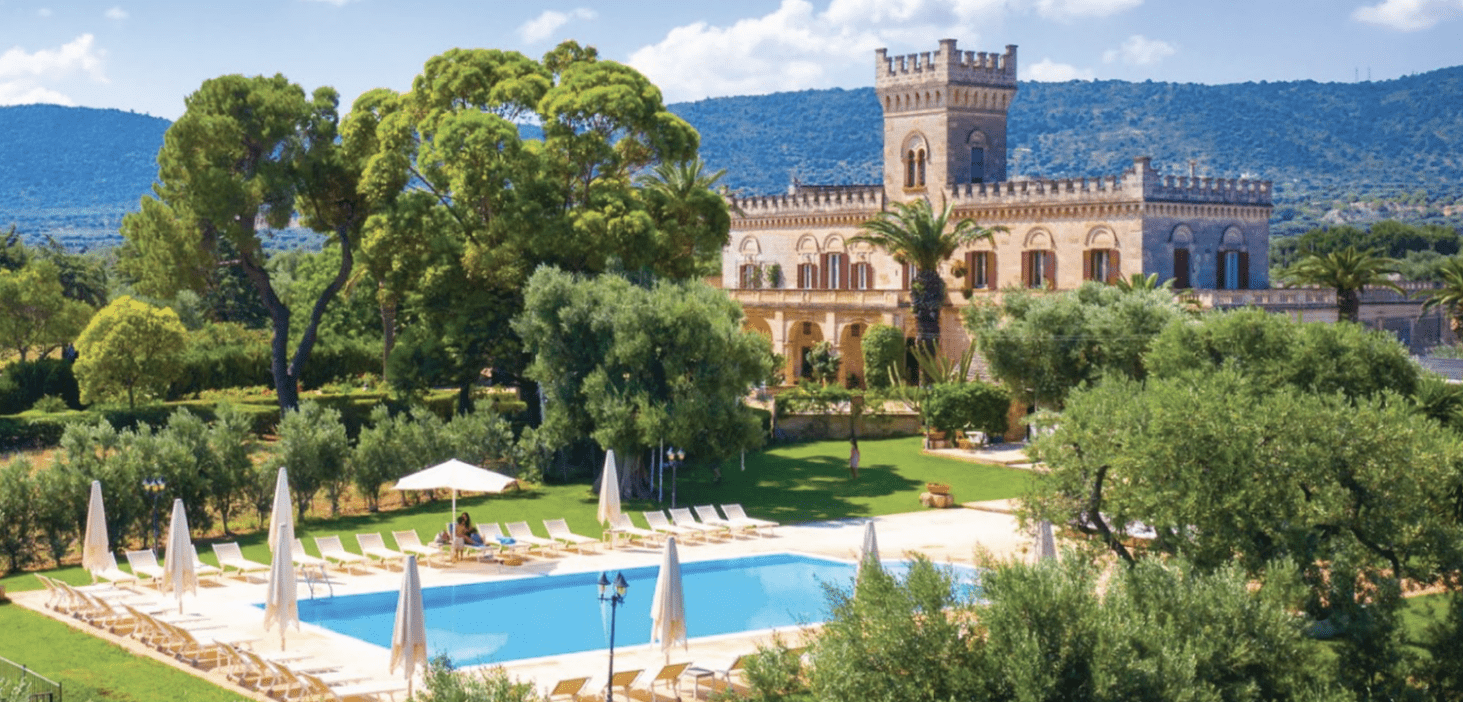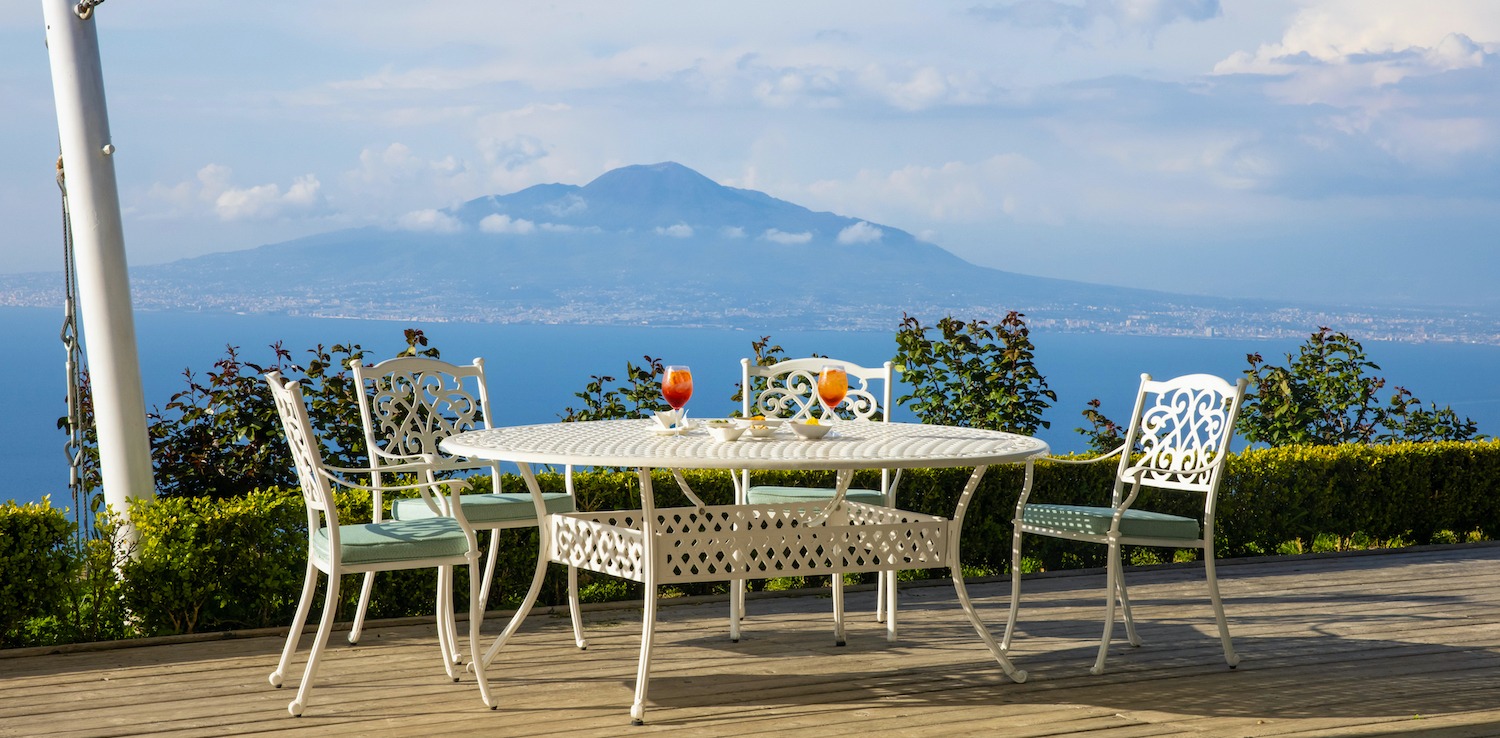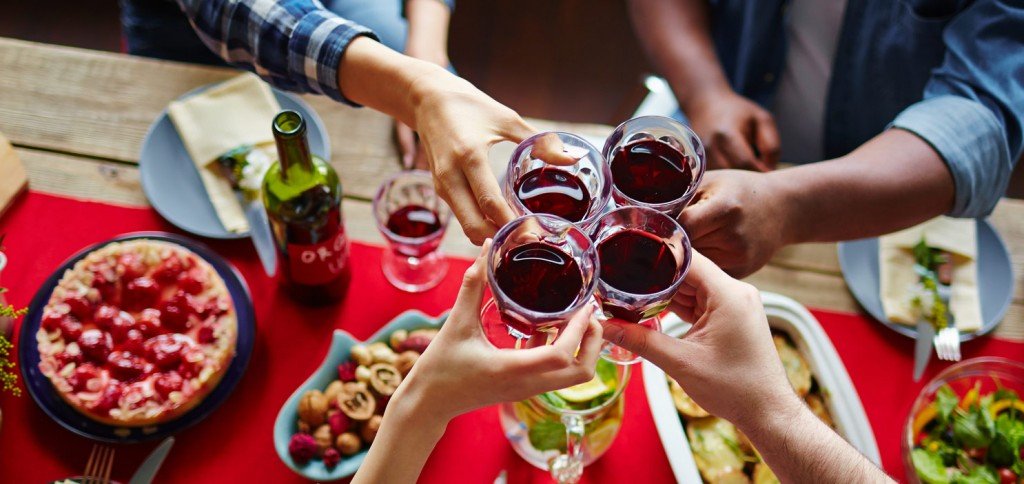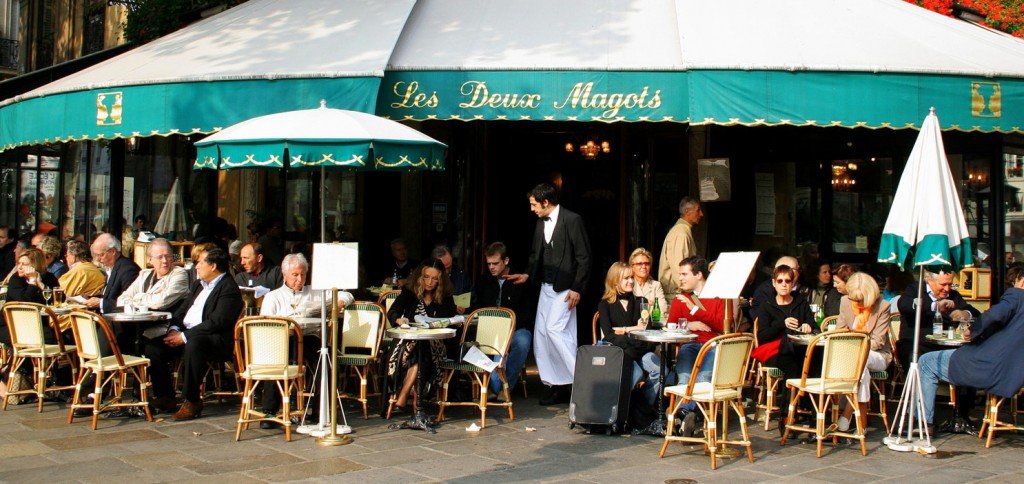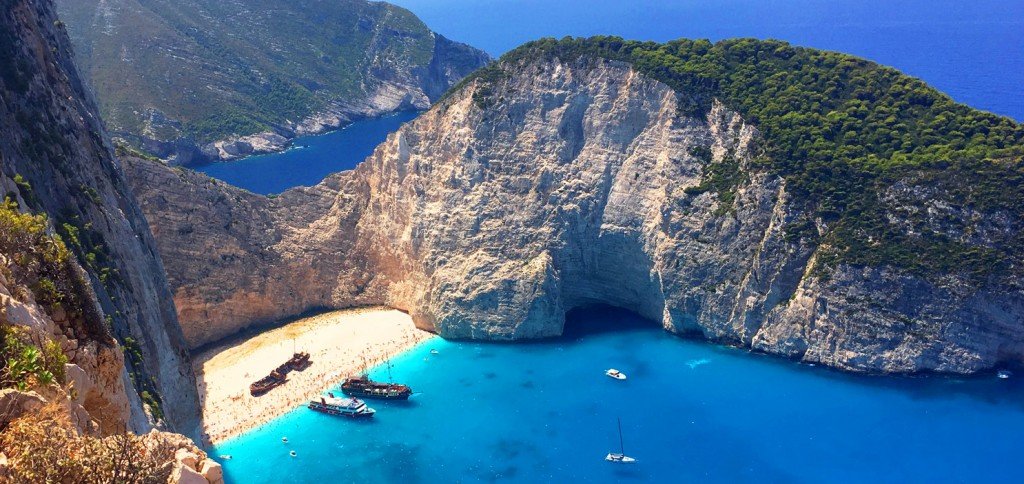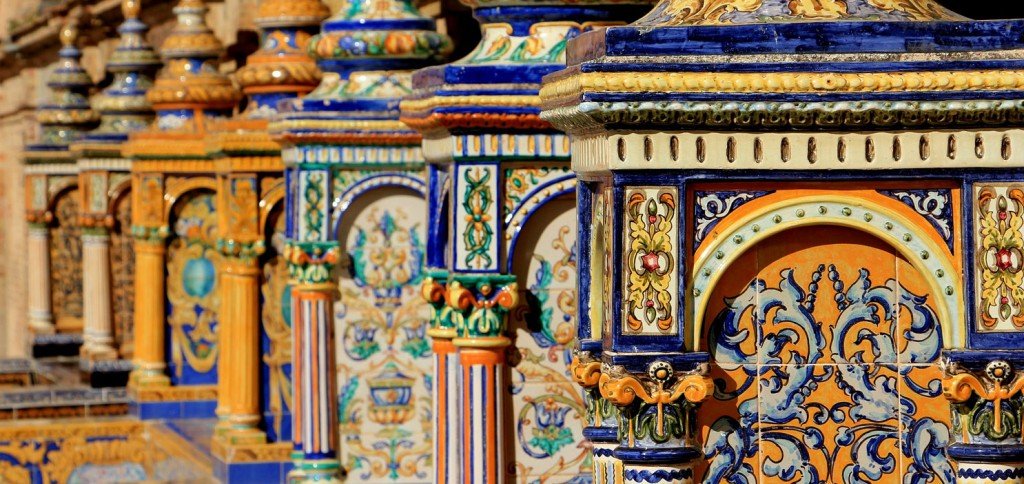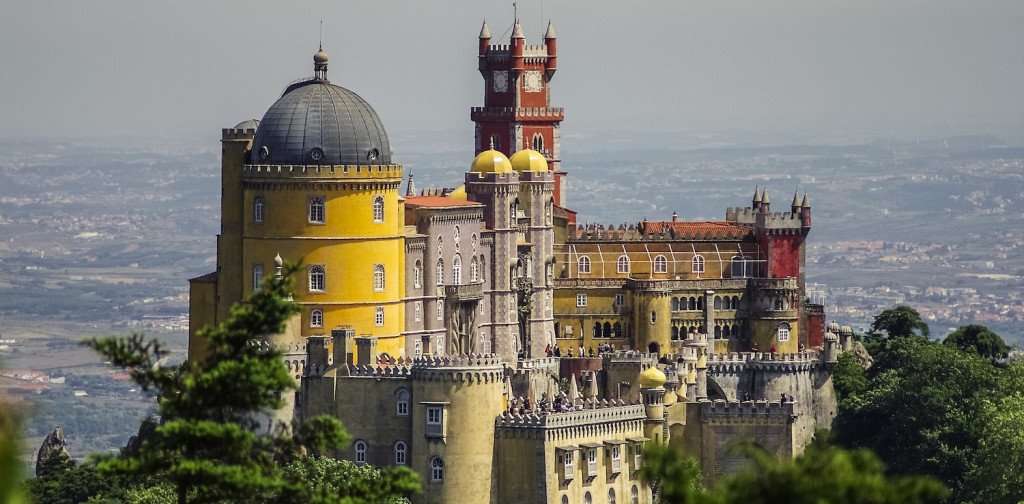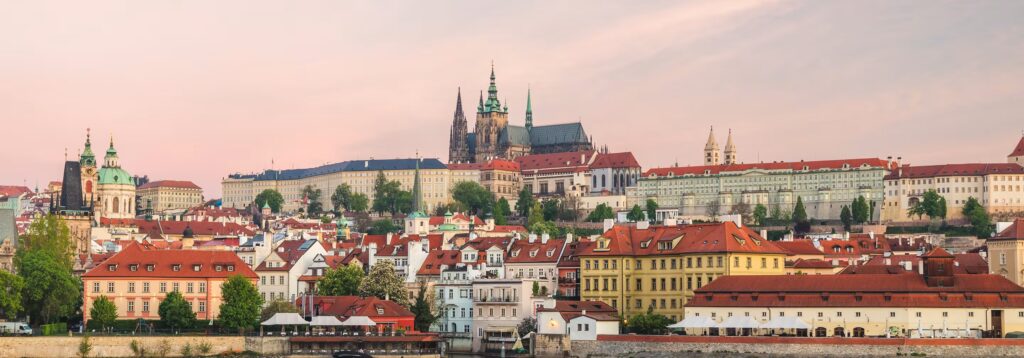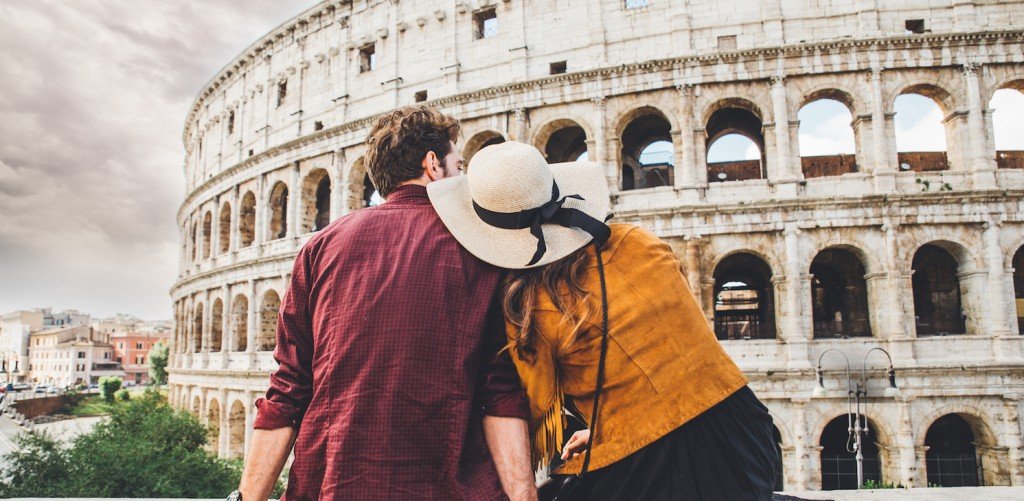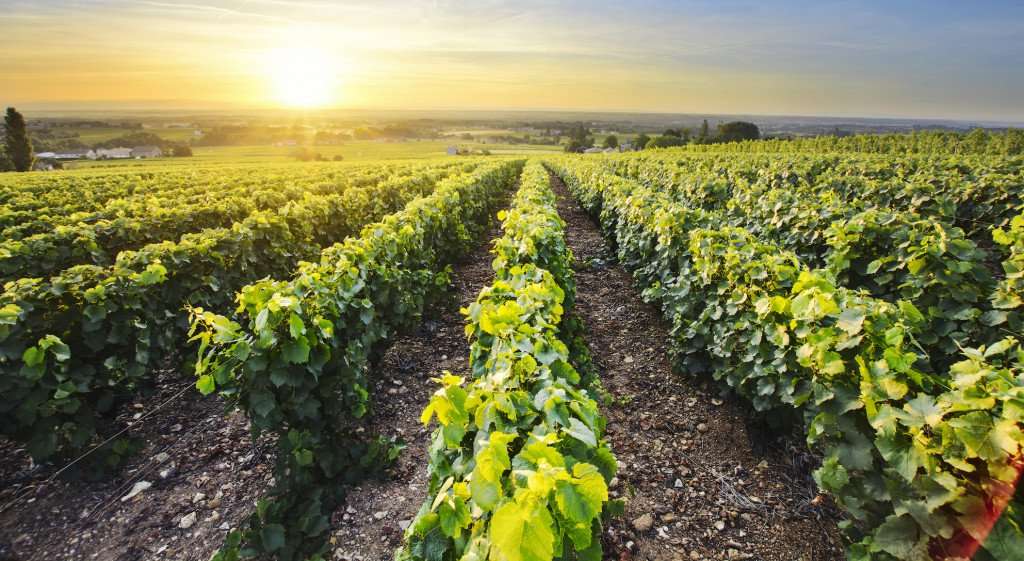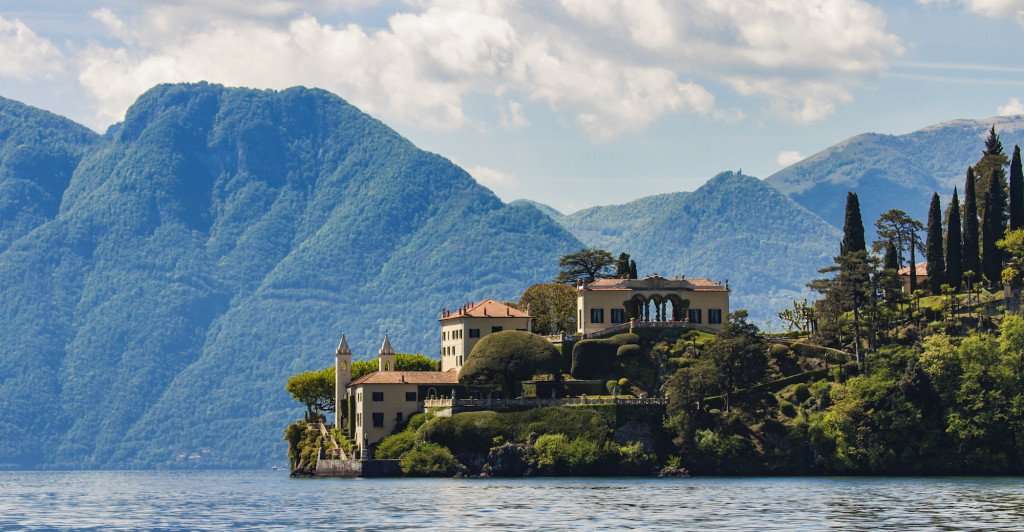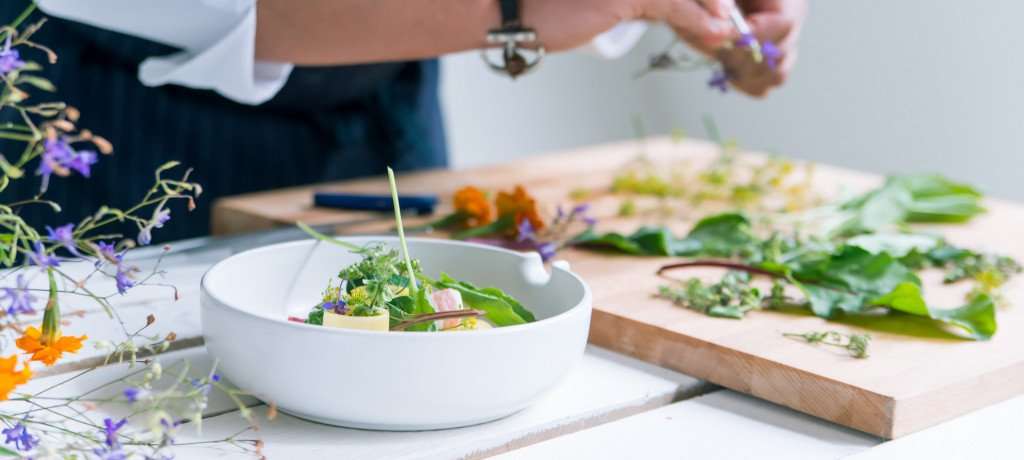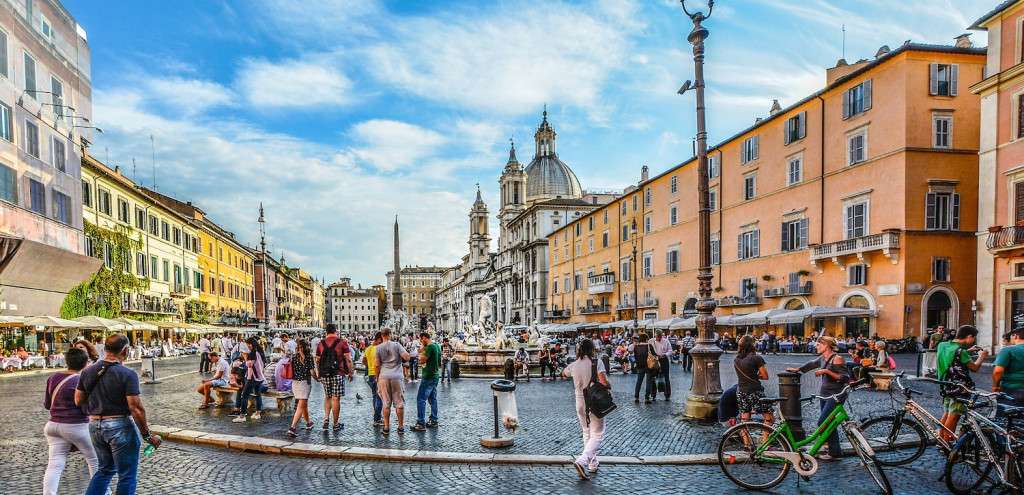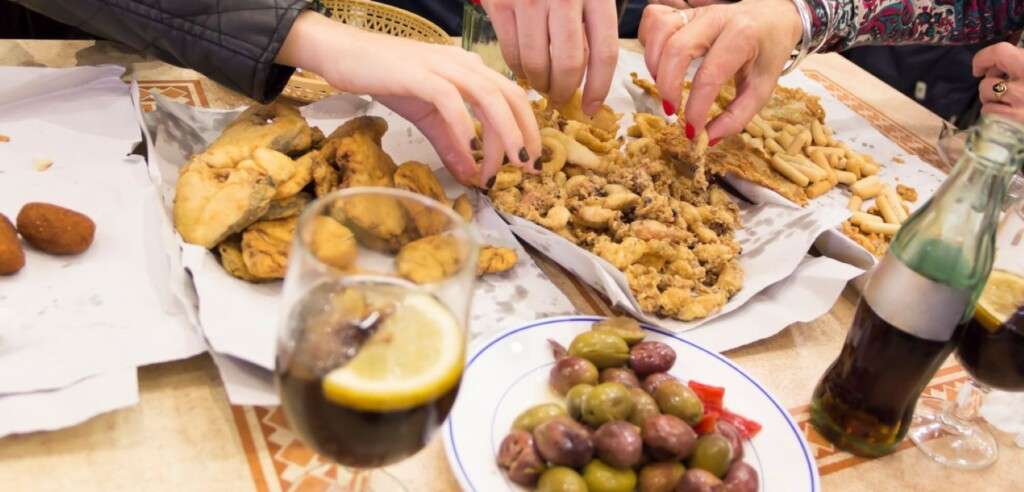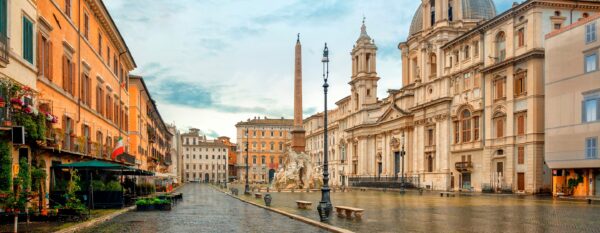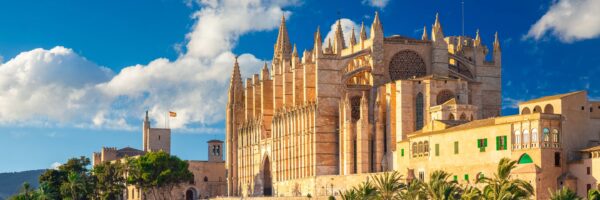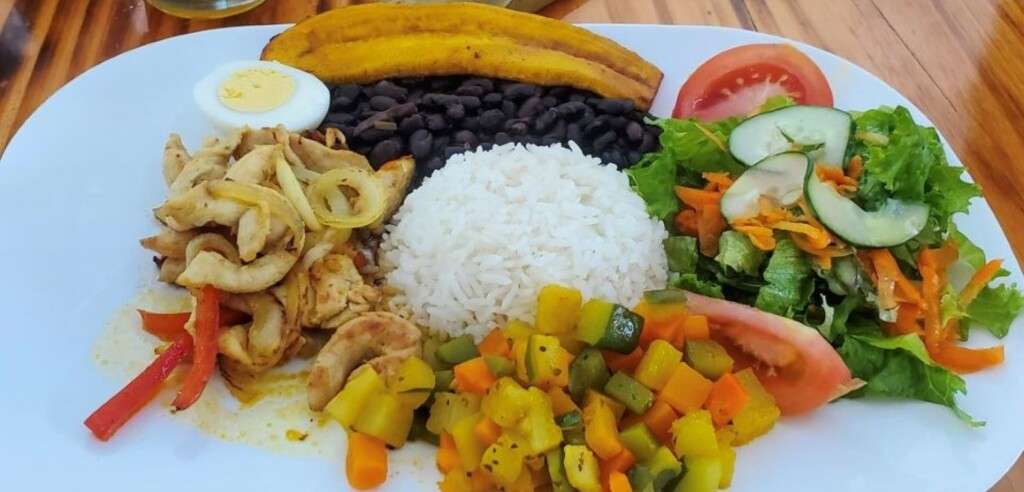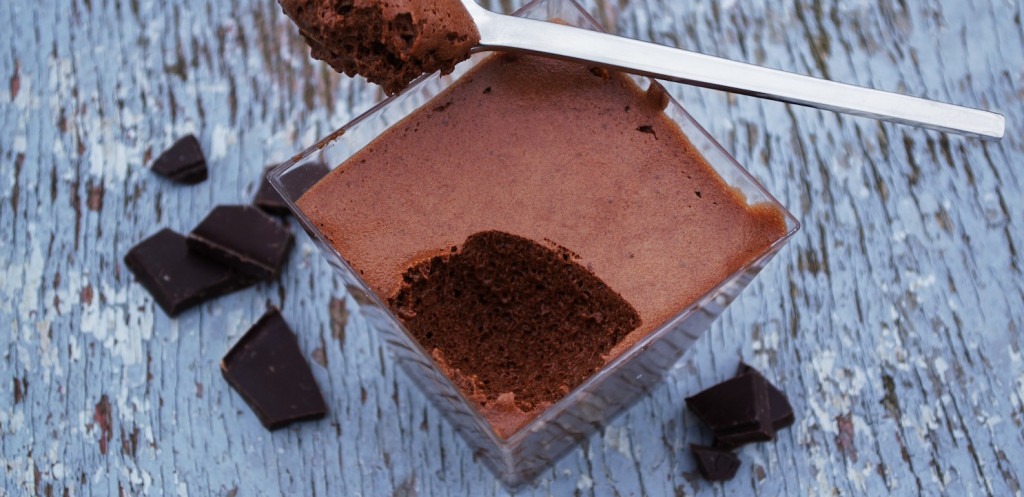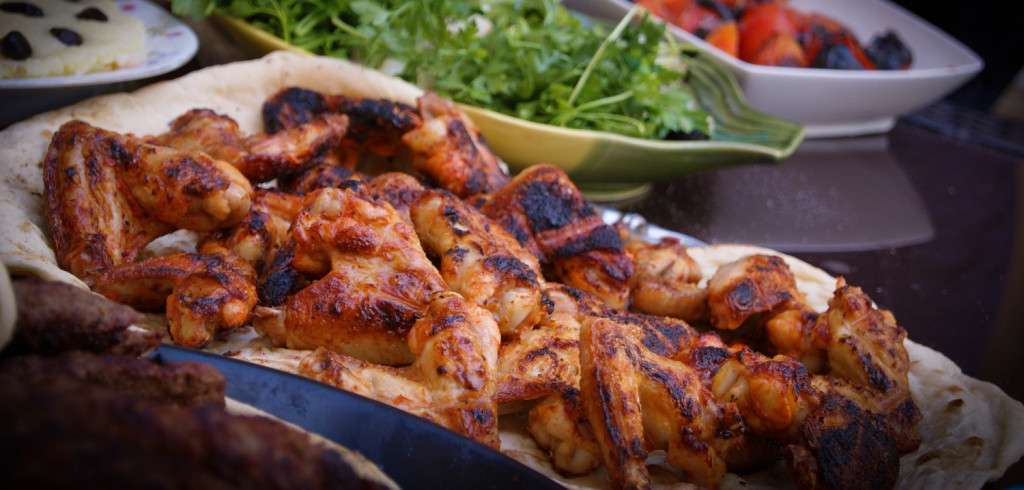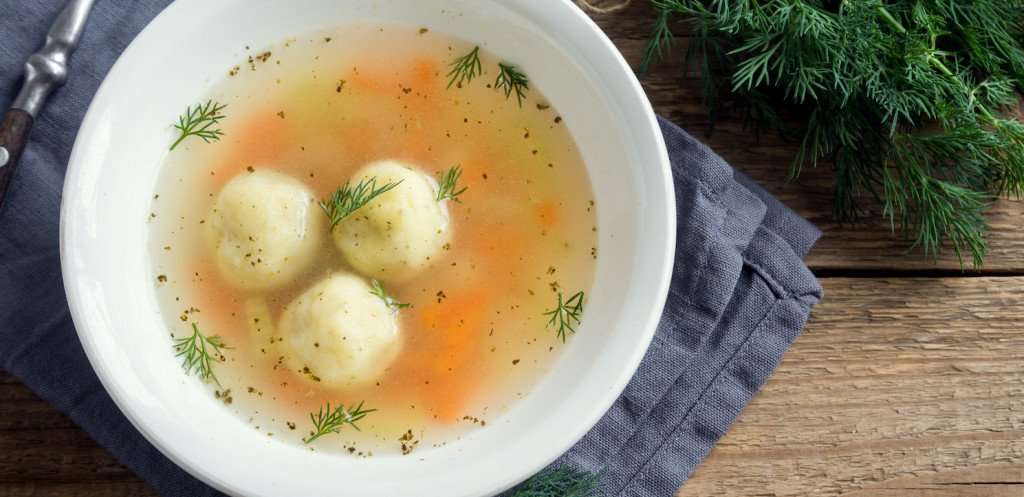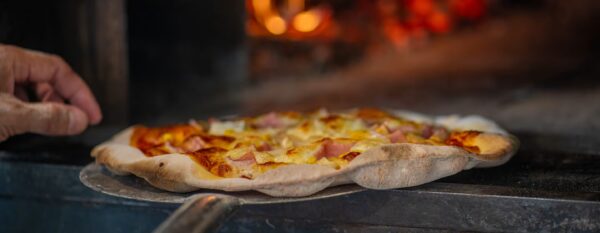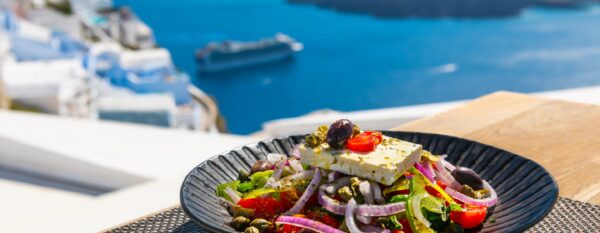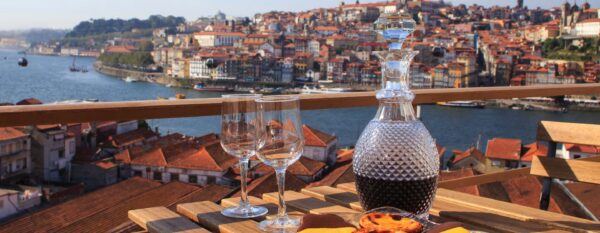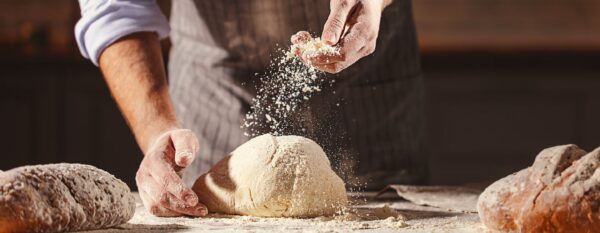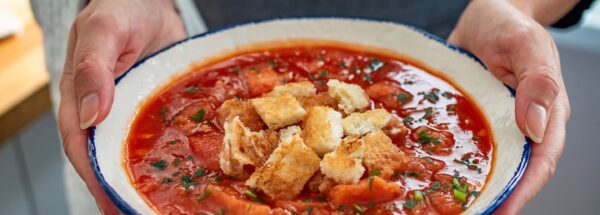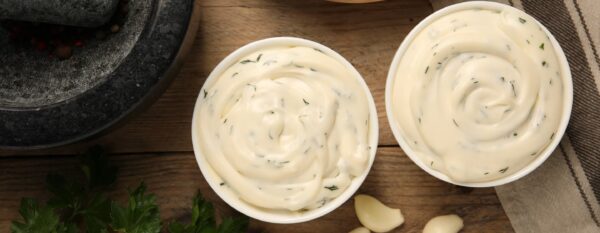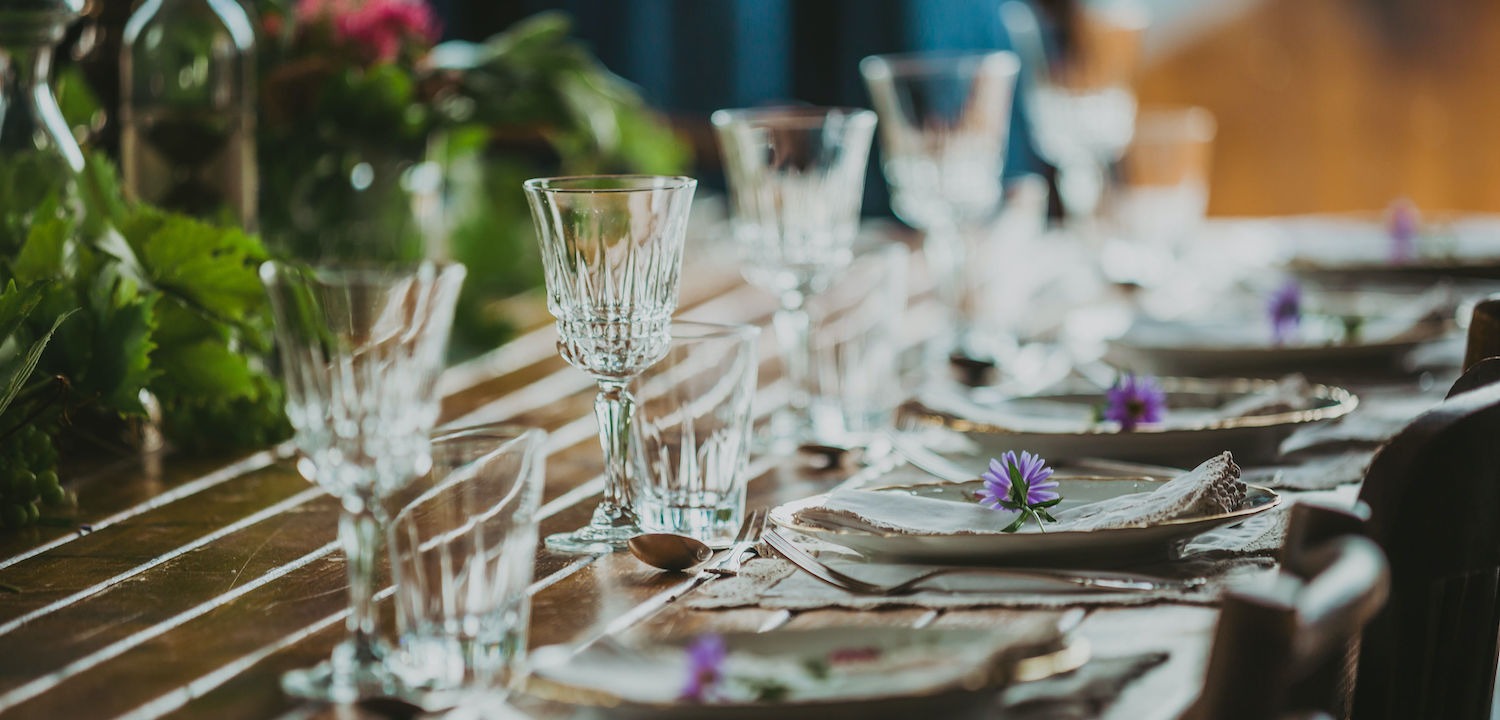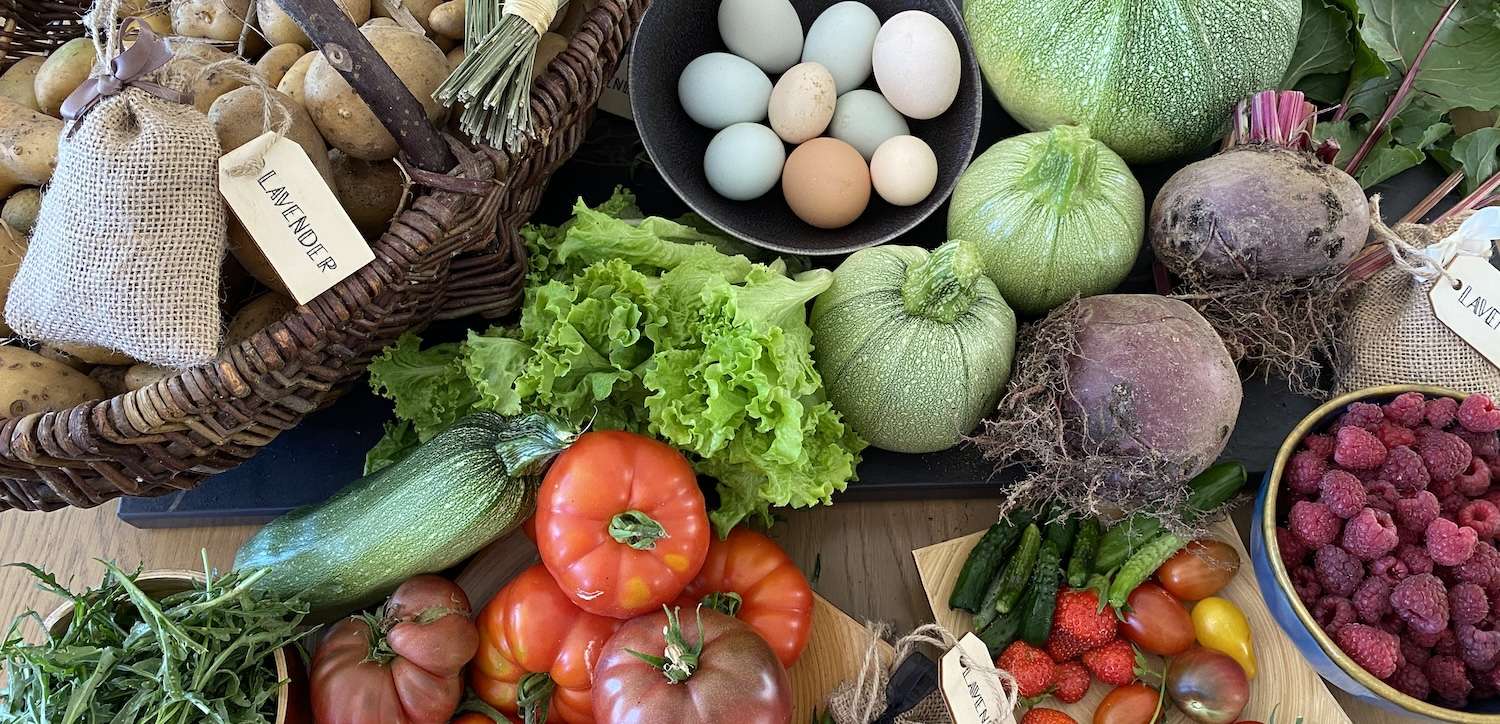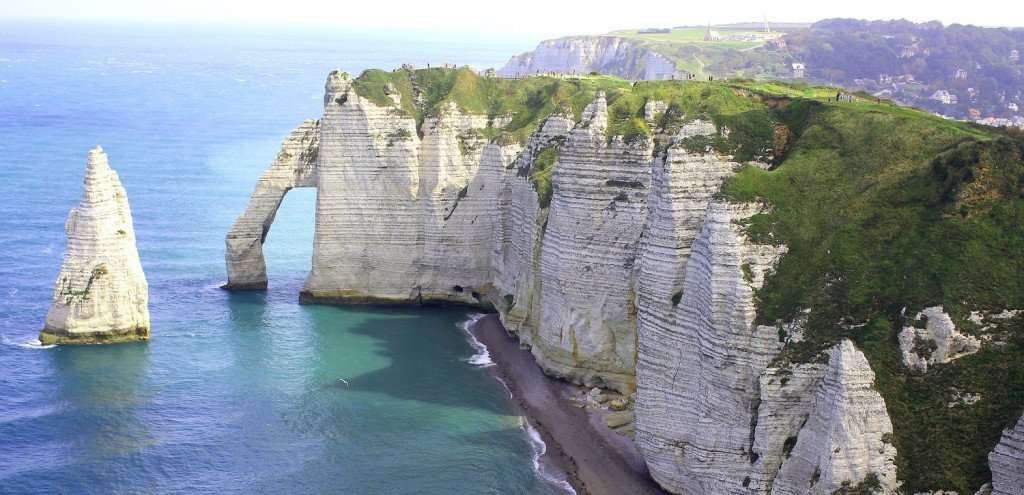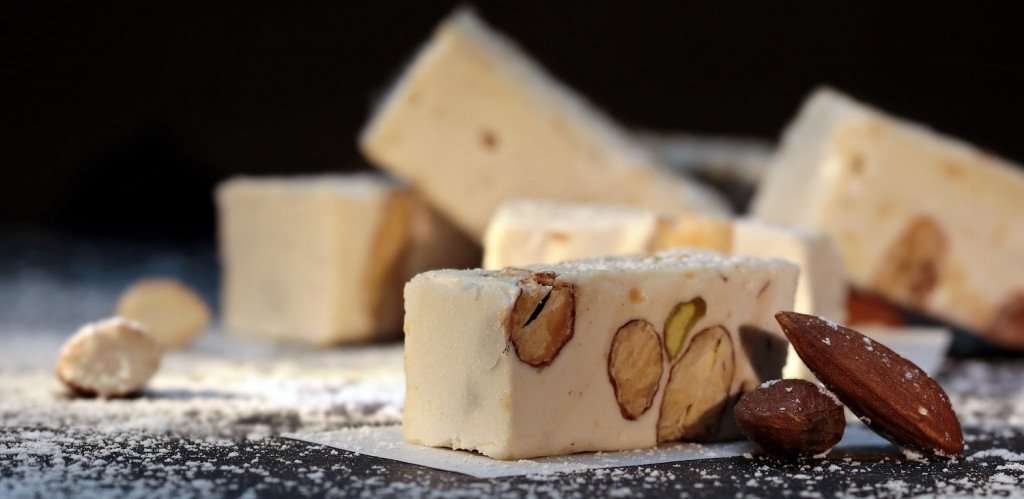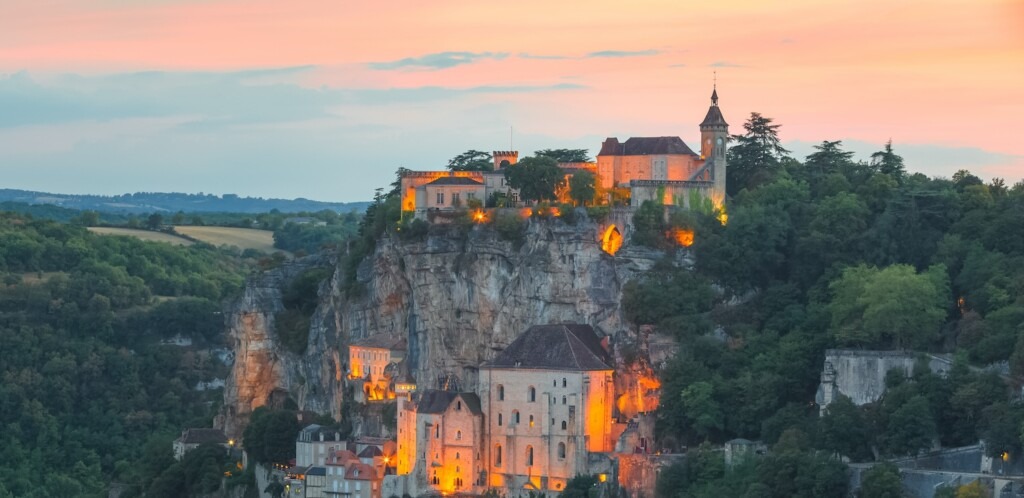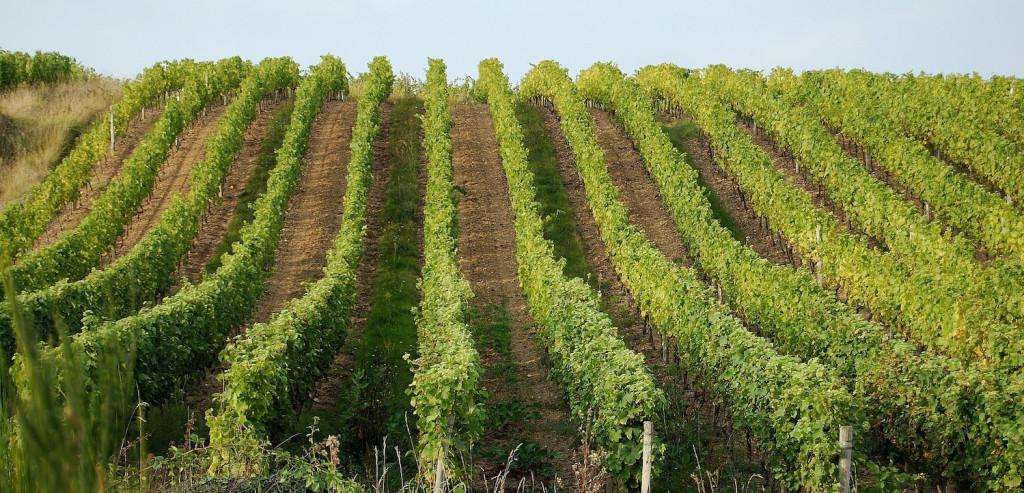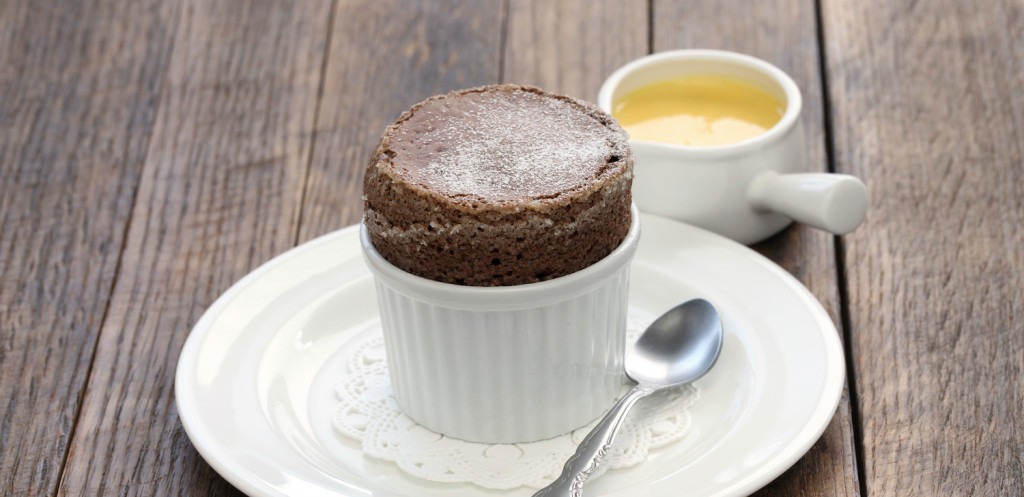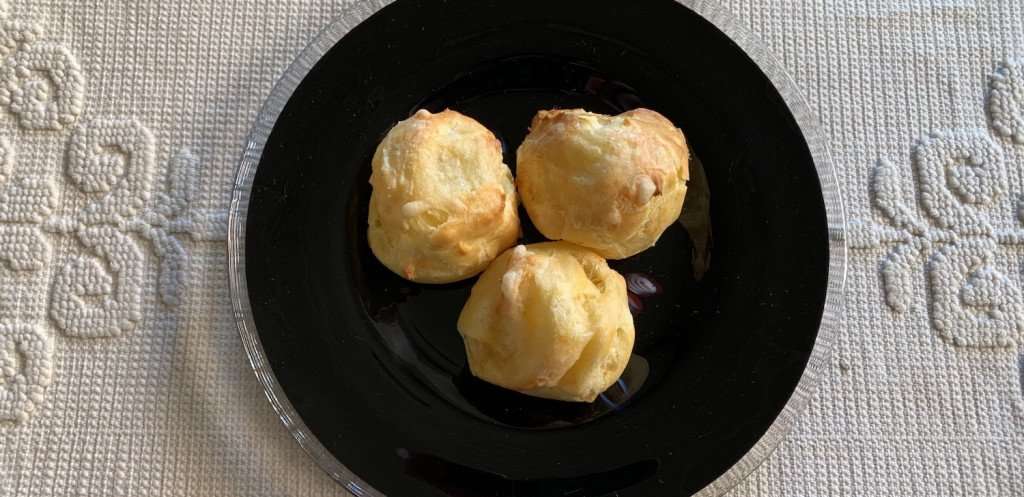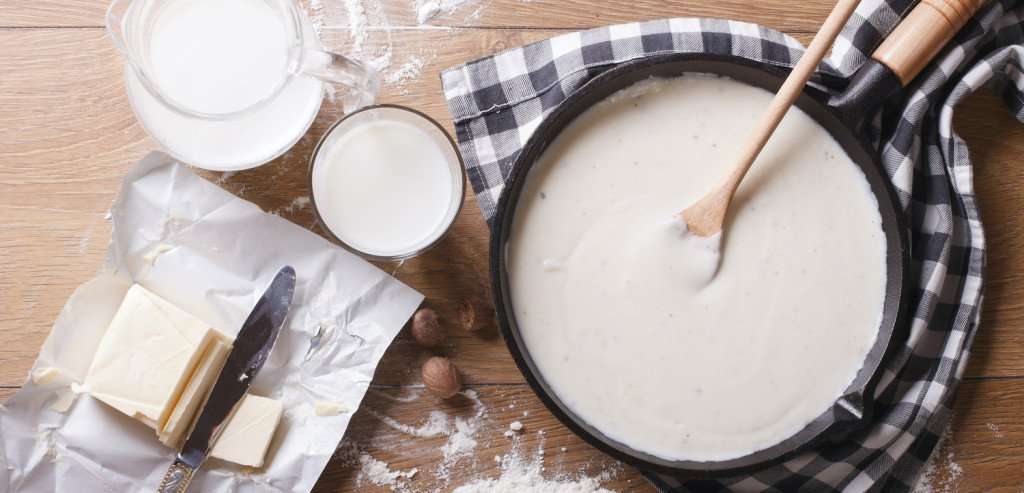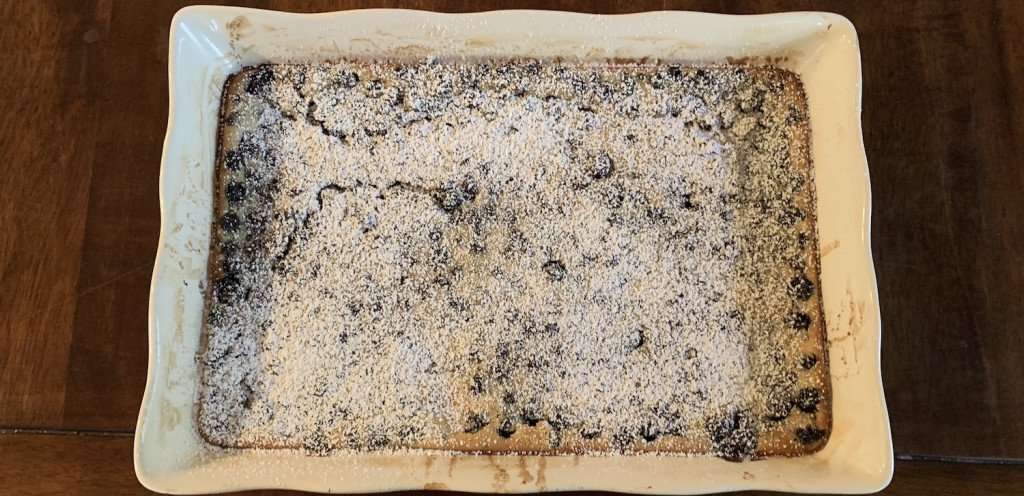
- The International Kitchen
- Blog
- Christmas Eve Culinary Traditions in the French Alps
Christmas Eve Culinary Traditions in the French Alps
-
-
All over the world, families and loved ones gather together to celebrate the holiday season. For many, traditions revolve around the dining room table, and in France, there are quite a few traditions in regards to what’s served and when. In today’s blog, Chef Nikki, of our fabulous Cooking in the French Alps culinary vacation, shares what her traditional meal consists of, complete with luscious descriptions of all the different courses!
 “The snow starts to fall, all the homes start to fuel the fires, the local town halls start to put all the lights up in each village. Its a beautiful time in Savoie, the mountains change colour and the sun still shines most days, even though the temperature has dropped way below zero.
“The snow starts to fall, all the homes start to fuel the fires, the local town halls start to put all the lights up in each village. Its a beautiful time in Savoie, the mountains change colour and the sun still shines most days, even though the temperature has dropped way below zero.
See all our cooking vacations in France.
“The French celebrate Christmas with family on the evening of the 24th December, know as the “le reveillon” (New Year’s Eve dinner also has the same name). It’s a long affair at the table and the menu varies from region to region and family to family but the common attributes will be special occasion foods served over multiple courses.
“The evening starts with the pre-dinner drink, usually a kir royal (champagne with a blackberry liquor) accompanied with small bowls full of olives, nuts, dips and salty biscuits. Then we are called to the table, set with an array of silverware, plates, glasses and many Christmas ornaments, as well as the never ending basket of bread.
Read more about celebrating Christmas in the French Alps.
 “The entree consist of smoked salmon, thin slices of foie gras on a lightly toasted ginger bread. Oysters are also a firm favourite for the festive season, naturally served with a few drops of lemon juice and poured into an open mouth. A semi sweet wine is served like a Vouvray. I will usually serve a small pumpkin soup now before the main meal.
“The entree consist of smoked salmon, thin slices of foie gras on a lightly toasted ginger bread. Oysters are also a firm favourite for the festive season, naturally served with a few drops of lemon juice and poured into an open mouth. A semi sweet wine is served like a Vouvray. I will usually serve a small pumpkin soup now before the main meal.
“For the main meal its usually a roasted meat like a “Chapon” (castrated rooster) “pinnate” (guinefowl) or “dinde aux maroons” (turkey with a chestnut stuffing), accompanied with many vegetables, green beans, courgettes, mushrooms and this part of the meal is served with some robust reds.
Or try this recipe for ballotine de poulet (chicken ballotine).
“A green salad is served to help digest the food and then comes the selection of cheeses, usually a board which has no less than three cheeses. In Savoie we showcase our wonderful selection of goats cheese, Beaufort, Tomme de Savoie, Reblochon. I have a selection of crackers, grapes, mixed nuts and a small bowl of Fig jam.
 “The traditional dessert is a “buche de Noel,” a buttercream cake in the shape of a log and covered with holly and red berries, although l serve an ice-cream version of chocolate mousse that is easier to digest after a heavy meal, served on old fashioned tea cups. A sweet wine is usually served or its back to Champagne.
“The traditional dessert is a “buche de Noel,” a buttercream cake in the shape of a log and covered with holly and red berries, although l serve an ice-cream version of chocolate mousse that is easier to digest after a heavy meal, served on old fashioned tea cups. A sweet wine is usually served or its back to Champagne.
“The evening is finished off in front of the fire, sharing gifts with a bottle of port with home made chocolate truffles.”
That’s quite the feast! The order of the courses too is quite typical for much of France, as it’s the Christmas Eve meal that’s one of the main events of the holiday! Want to learn more about culinary holiday traditions? Come join us on our Cooking in the French Alps culinary vacation, or a number of our French cooking vacations.
Sign up to Receive Our Newsletter
As well as travel tips, promotions, and information on our best cooking vacations.
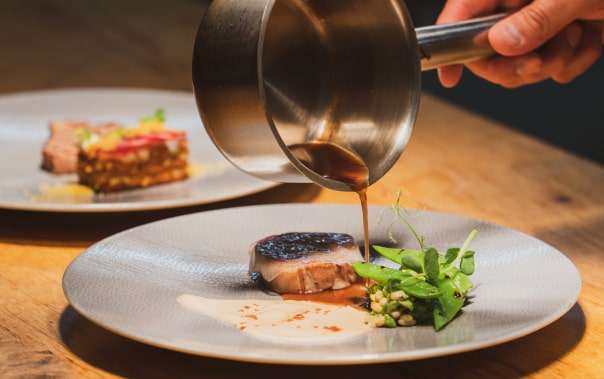
blog
Related Blog Posts
recipes

